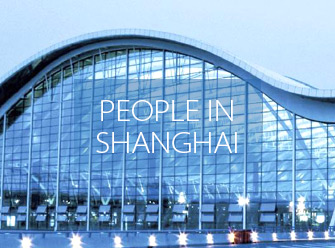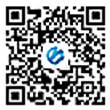Zhangjiang creates innovative ecosystem in biopharm industry
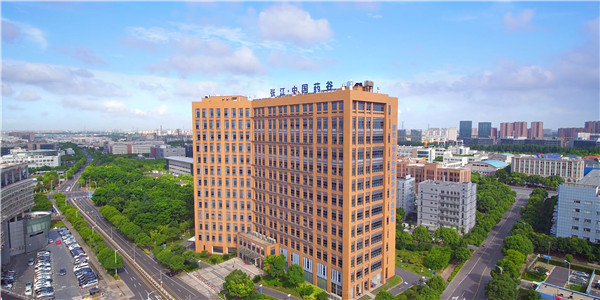
In Shanghai's Zhangjiang, a well-established biopharmaceutical industry cluster captures the world's attention. [Photo provided to chinadaily.com.cn]
In Shanghai's Zhangjiang, a well-established biopharmaceutical industry cluster has captured the world's attention, according to a former senior executive of one of the companies there.
William Robert Keller, the ex-general manager of Roche Pharmaceuticals China, has witnessed the prosperity of Zhangjiang over the past decades.
In 1993, dispatched by Roche, Keller sought the opportunity to establish a factory in Shanghai and spent over two hours crossing the Huangpu River to reach Zhangjiang.
In 1994, with the reconstruction of Longdong Avenue in Pudong New Area, Shanghai Roche Pharmaceuticals, covering an area of nearly 30,000 square meters, broke ground. This marked Roche as the first foreign pharmaceutical company to land in Zhangjiang.
Ten years later, when Keller retired, Roche Pharmaceuticals China had achieved annual sales revenue of $300 million and established six joint ventures and one wholly-owned subsidiary in China.
Following in Roche's footsteps, other European and American pharmaceutical companies, such as Eli Lilly, Boehringer Ingelheim and AstraZeneca, also launched operations in the Chinese market and settled in Zhangjiang.
In 2003, Keller received an invitation from Pudong New Area to stay in Shanghai with his family. In his view, helping young startups and supporting Zhangjiang in creating an innovative ecosystem in the biopharmaceutical industry is an obligation that must be fulfilled.
"I believe that 20 years from now, Shanghai will become the main battlefield for biotechnology. Fortunately, it has already been achieved. We now have a solid industrial foundation, a sound innovation mechanism, and leading innovative companies worldwide," he said.
Some 24 new drugs that were developed independently in Zhangjiang have been approved for marketing. The total number of drug pipelines here exceeds 1,300, covering small molecule targeted drugs, large molecule targeted drugs, cell and gene therapy drugs, traditional Chinese medicine, and more.
 Contact Us
Contact Us

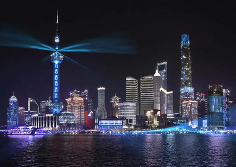 Brilliant light show to illuminate Huangpu River
Brilliant light show to illuminate Huangpu River Maple leaves paint splendid scenery in Pudong
Maple leaves paint splendid scenery in Pudong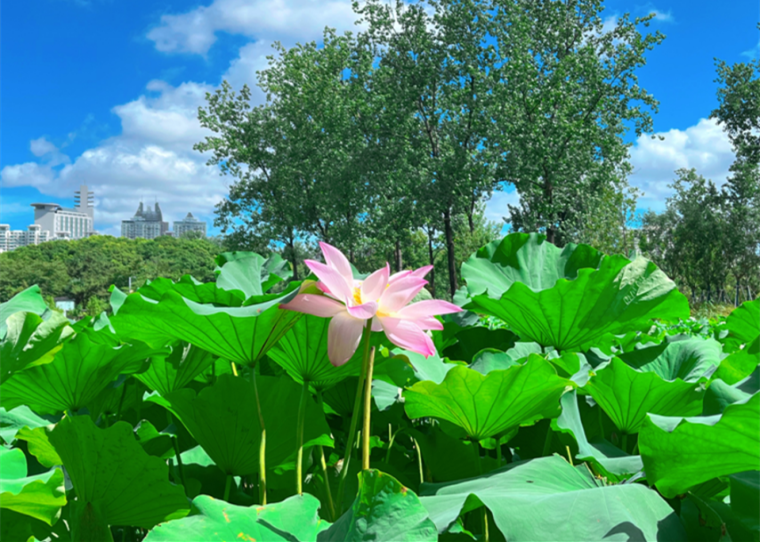 Appreciate alluring lotus blossoms in Pudong's Century Park
Appreciate alluring lotus blossoms in Pudong's Century Park New pedestrian street boosts Pudong's night economy
New pedestrian street boosts Pudong's night economy 